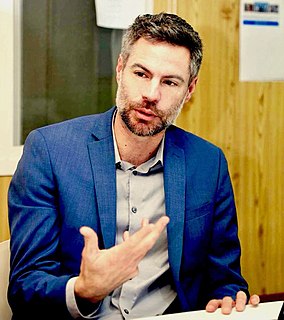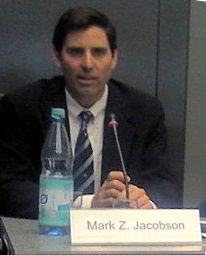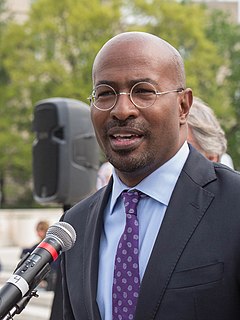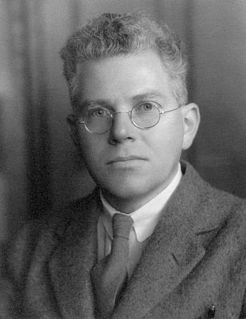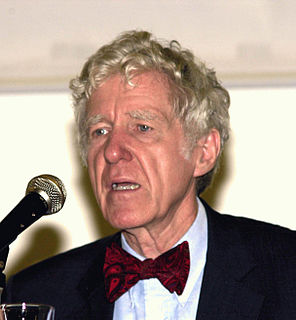A Quote by Stewart Brand
[Wind energy] takes a very large footprint on the land, five to 10 times what you'd use for nuclear, and typically to get one gigawatt of electricity is on the order of 250 square miles of wind farm.
Related Quotes
One of the biggest issues with renewables right now is the fact that if the wind isn't blowing, if the sun isn't shining, we don't have energy. Many people are working on storage technology so when the wind isn't blowing, we can use the energy stored in our giant batteries, essentially. But what happens if we don't have enough stored energy?
I, who had been in favour of nuclear energy for generating electricity ... I suddenly realised that anybody who has a nuclear reactor can extract the plutonium from the reactor and make nuclear weapons, so that a country which has a nuclear reactor can, at any moment that it wants to, become a nuclear weapons power. And I, right from the beginning, have been terribly worried by the existence of nuclear weapons and very much against their use.
The sunlight ... that strikes Earth’s land surface in two hours is equivalent to total human energy use in a year. While much of that sunlight becomes heat, solar energy is also responsible for the energy embodied in wind, hydro, wave, and biomass, each with the potential to be harnessed for human use. Only a small portion of that enormous daily, renewable flux of energy will ever be needed by humanity.
I won't go deep sea fishing. The first time I experienced it, I went salmon fishing. My problem is, before I even get to the fish, I have vomited. You have to go out five miles, and you are just throwing a line in and bringing them to the surface. And then you have to go back five miles, and all of a sudden the wind comes up, and it gets choppy.
The foundation is being laid for the emergence of both wind and solar cells as cornerstones of the new energy economy. World wind generating capacity grew from 7,600 megawatts in 1997 to 9,600 in 1998, an expansion of 26 percent. At a national level, Germany led the way, adding 790 megawatts of capacity, followed by Spain with 380 megawatts, and the United States with 226 megawatts. In the past, U.S. wind generating capacity was concentrated in California, but in 1998, wind farms began generating electricity in Minnesota, Oregon, and Wyoming, broadening the new industry's geographical base.

